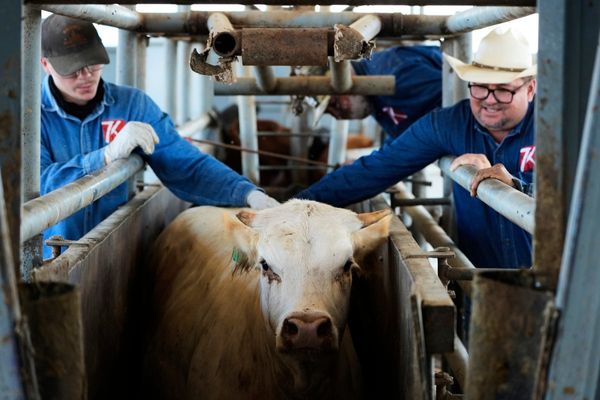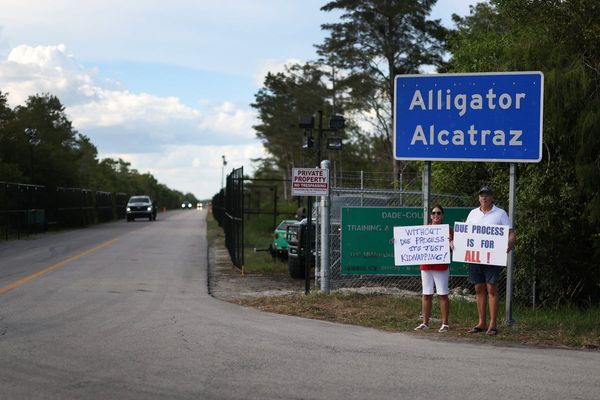
A Guatemalan judge has found six people guilty over the deaths of 41 girls in a raging 2017 fire at a state shelter for vulnerable youths that had a history of abuse.
The sentencing is a step towards closure in one of the most horrific and deadly events in Guatemalan history. The tragedy drew international attention and highlighted pervasive abuse in the government’s shelter system.
The six sentenced on Tuesday – two former police officers and four former child protection officials – were found guilty of homicide, mistreatment of minors, breach of duties and abuse of authority. All pleaded not guilty.
Judge Ingrid Cifuentes also ordered the investigation of former president Jimmy Morales for his role in ordering police to work at a facility where minors who had not committed crimes were held.
Former social welfare secretary Carlos Rodas was sentenced to 25 years in prison.
Earlier, Rodas told those gathered in the courtroom, including relatives of the victims, that he had not caused “any harm to their daughters and the survivors”.
Also among those convicted was ex-police officer Lucinda Marroquín, who held the key to the room where the girls were locked up and didn’t open it when the fire started. She was sentenced to 13 years in prison.
The judge said that through phone records, investigators were able to establish that at the time of the fire Marroquín was talking on her phone. The judge said a witness had testified that when told about the fire, Marroquín responded with profanity and said “let them burn.”
A former government prosecutor assigned to the protection of children was acquitted.
The fire occurred on 8 March 2017, at the Virgin de la Asunción Safe Home outside Guatemala City, when 56 girls and teenagers were padlocked in a classroom allegedly for bad behavior.
About 700 children – nobody knew exactly how many – lived in a home with a maximum capacity for 500. The majority had committed no crime. They were sent there by the courts for various reasons: they had run away, they were abused, they were migrants.
The night before the fire, a group of girls had escaped. Hours later, the police returned them to the home. They were locked in a room that had no access to a bathroom and guarded by police. They were given foam mattresses to sleep on.
After hours of demanding to be let out, one girl lit the fire.
After spending hours locked inside, one of the girls lit a match to a mattress, thinking it might force police to let them out. Smoke and flames quickly filled the room, but despite cries for help, police refused to open the doors for nine minutes, witnesses said.
Forty-one girls and teenagers died, and 15 more survived with serious burns.
Cifuentes said that the fire was the culmination of a series of abuses, some of which had been reported to authorities but not acted on. She said autopsies confirmed the presence of drugs in some of the girls that supported their complaints that they were given sleeping pills that were among the reasons they had tried to escape the facility.







